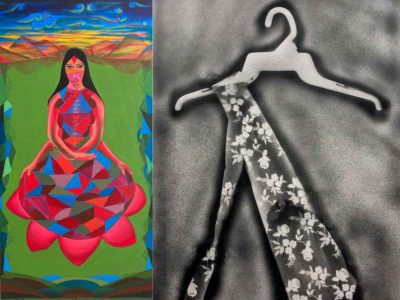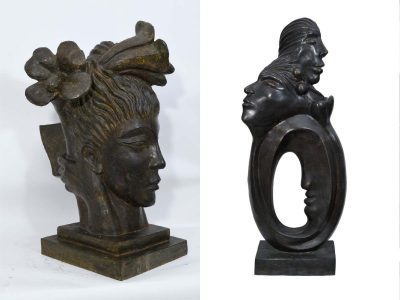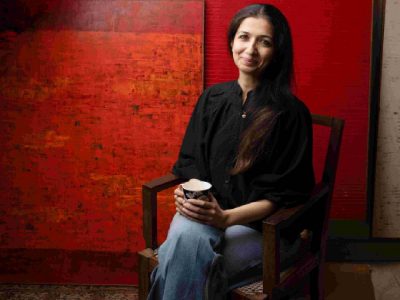Vadehra Art Gallery’s FRIN/GE presents marginalised ideas that serve as foundational undercurrents for contemporary realities
Featuring a total of 25 artworks across a wide range of all-encompassing media, from paintings, textile, programmimg codes and data to photographs and videos, Vadehra Art Gallery presents FRIN/GE.
The show is curated by Shaleen Wadhwana, an independent arts educator and cultural heritage professional, whose curatorial practice explores meta-narratives in global history and artistic responses to contemporary social issues.
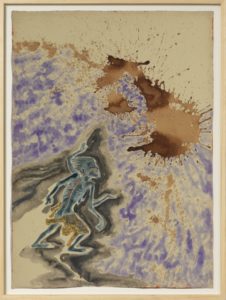
Showcasing the works of artists Afrah Shafiq, Ruby Chishti, Anju Dodiya, Atul Dodiya, Sharbendu De, Renuka Rajiv and Avril Stormy Unger, Juul Kraijer, Ashim Purkayastha and Mithu Sen, FRIN/GE was conceived as a space in which to unpack the ideas and feelings that govern norms, behaviours and actions leading to the creation of an exclusion or periphery, which serve as foundational undercurrents for contemporary realities.
For Wadhwana, the formation of a fringe begins with a marginalised idea—a discomfiting feeling underneath a normative structure that supports systems which keep something or someone ‘out’ whilst allowing another ‘in’. This fringe is supplemented with a history of decisions made to appease, exclude, prosecute, nominally include, dismiss, or completely abandon.
“Whose stories are not being recorded in history? Who is not at the table? What ideas are we unwilling to accept? It is necessary to reflect if you and I are part of the invisible architecture that creates this ‘fringe’. This premise is represented by the slash “/” delineating the majority alphabets F, R, I, N from G, E, allowing us to think about where we would occupy a position, and what we are willing to do about it,” says Wadhwana.
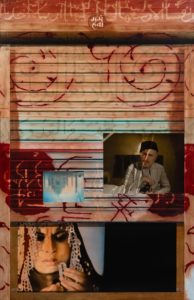
In the show, Chishti highlights the disparate impact of the pandemic in the USA, which is coupled with Rajiv and Unger’s documentation of a changing Bangalore in India. They mirror the same concern – that receiving healthcare is not an equal human right. Shafiq uses custom code to create a simulated Marian figure that is multiple and diverse, while Sen builds a lasting relationship with the viewer through her never-ending QR code artwork.
In trying to contextualise the marginalised ‘other’, Atul Dodiya showcases the historical imprints of social discrimination against the Indian Muslim identity, as does De through his meditative homage to the Lisu tribal identity. The final contemplation is through Kraijer’s melodious intersection of nature and humanity, wondering: Who is this world being built for?
‘An already challenging question became even more nuanced as we witnessed the spread of Covid-19. The artistic dialogue and the impetus of my curatorial concept widened to incorporate the developing realities of 2020 as the world rearticulates its responses to this ongoing global pandemic,’ adds Wadhwana.
The show is on view virtually as well as at Vadehra Art Gallery till 1 January
(Cover: Sharbendu De’s work Waiting in the Forest)


